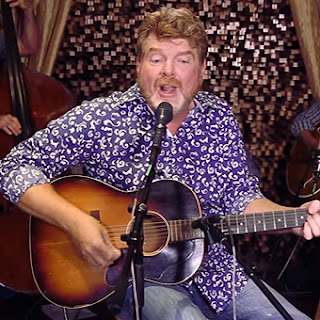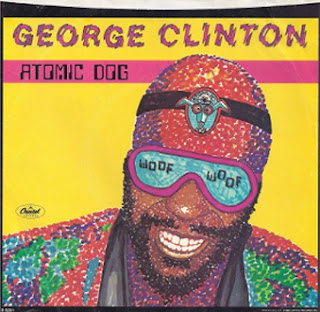Mason Proffit was a little ahead of their time. Contemporaries with Poco and before the Eagles, they could have been a national treasure, but they had three strikes against them. 1. They were a little too country, too soon. Had they started a couple years later or even in the early 1990s, they may have resonated with an audience who gravitated toward this style. In other words, they were country way before country was cool.
2. Their songs often were about social injustices, had politically charged messages, and had a penchant for peace during the height of the Vietnam War (and sometimes, just sometimes, they also mentioned Jesus – without being preachy). Perhaps, radio was not ready for the content side of their recordings.
3. Mason Proffit were also doomed to small, insignificant record companies during the height of their popularity. Their first two albums, “Wanted” and “Movin’ Toward Happiness,” were released on Happy Tiger – an arm of the Flying Tiger freight company. Their third, “Last Night I had the Strangest Dream,” was their only foray on AMPEX Records.
By the time they had moved to their first major label, Warner Brothers, the band was disintegrating. Their output included two new albums on the label, a repackaging of the Happy Tiger LPs as a double album, and one by the Talbot Brothers to fulfill the band’s contract with their final label. Brothers Terry and John Michael Talbot were the backbone of the band, and this last album on Warners was later licensed to Sparrow Records when the Talbots devoted themselves to contemporary Christian music as solo acts who occasionally performed together.
In any configuration, the Talbots and Mason Proffit are on my list of favorite artists. For our Friday Flipside and our feature on AMPEX Records, I’ve picked “Jewel,” the flip to their only AMPEX single, “Hope.” “Jewel” is one of their social injustice songs about a black woman, whose husband was at war, and who had her small farm taken away by the government.
To care for her children, “Jewel” began to take odd jobs of cleaning and cooking, but was had difficulty in making ends meet; her children were starving. “A child never fed is a child soon to die.” As a last resort, she went back to the plantation to the Master, a man with whom she had a relationship, so that she may ask for money. She begged and asked him to remember their past. She was later found dead near the pond with a sleeping baby in her lifeless arms. The Master, in his white pillared mansion, “dreams of the black girl he loved long time ago.”
There’s just enough ambiguity in the lyrics to not know what happened to “Jewel.” Did the Master kill her? Did he give her the money and someone else robbed and killed her? Did she commit suicide? Did she die of natural causes? The conclusion I jumped to when I first heard the song was the first possibility, but the Master dreaming about her doesn’t seem like he’s the culprit – unless, she threatened to tell others about their previous affair.
In addition, we don’t know how much time elapsed been her visit and her death? She went to his mansion alone, but she has a child with her when she was found dead. Is this the same child as the one she was carrying at the beginning of the song? Was Master the father? There are too many unknowns to this song. Only the songwriters, Terry and John Michael Talbot, really know for sure. Ruminate on this mystery as it isn’t clear what happened.
“Jewel” is one of Mason Proffit’s more county styled numbers and it’s a tear jerker.



















































